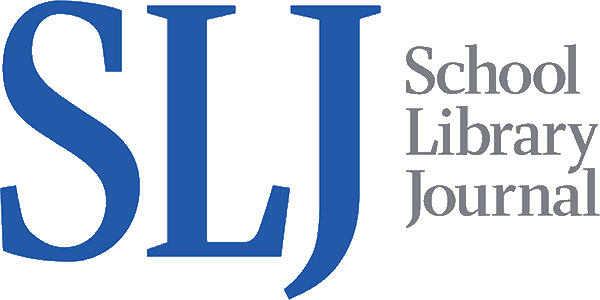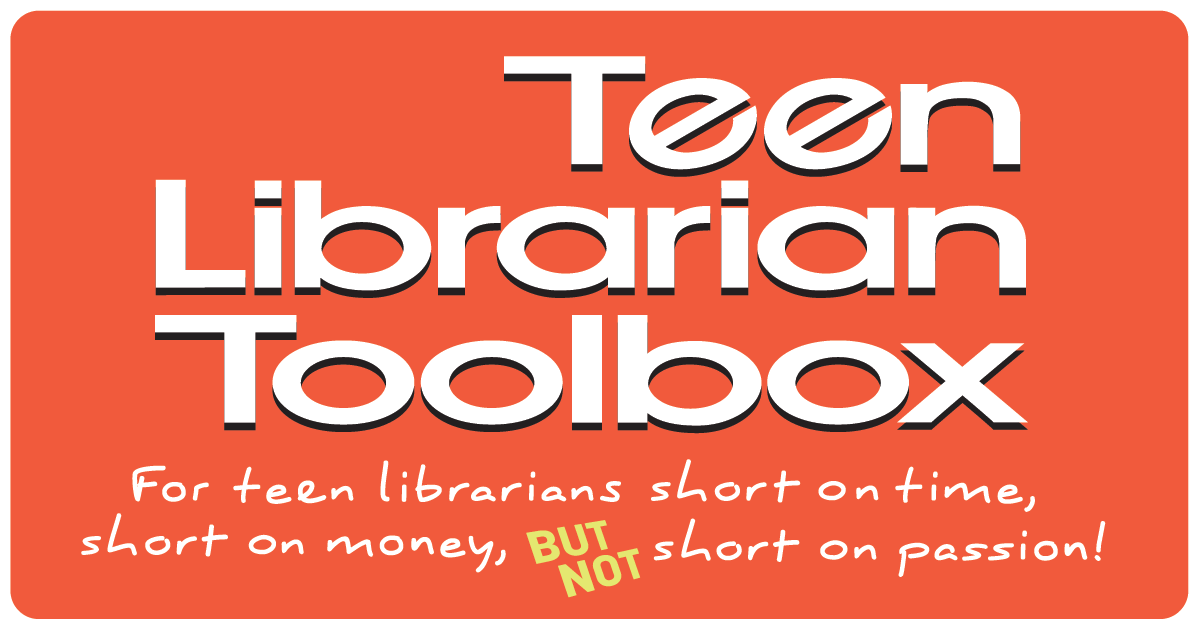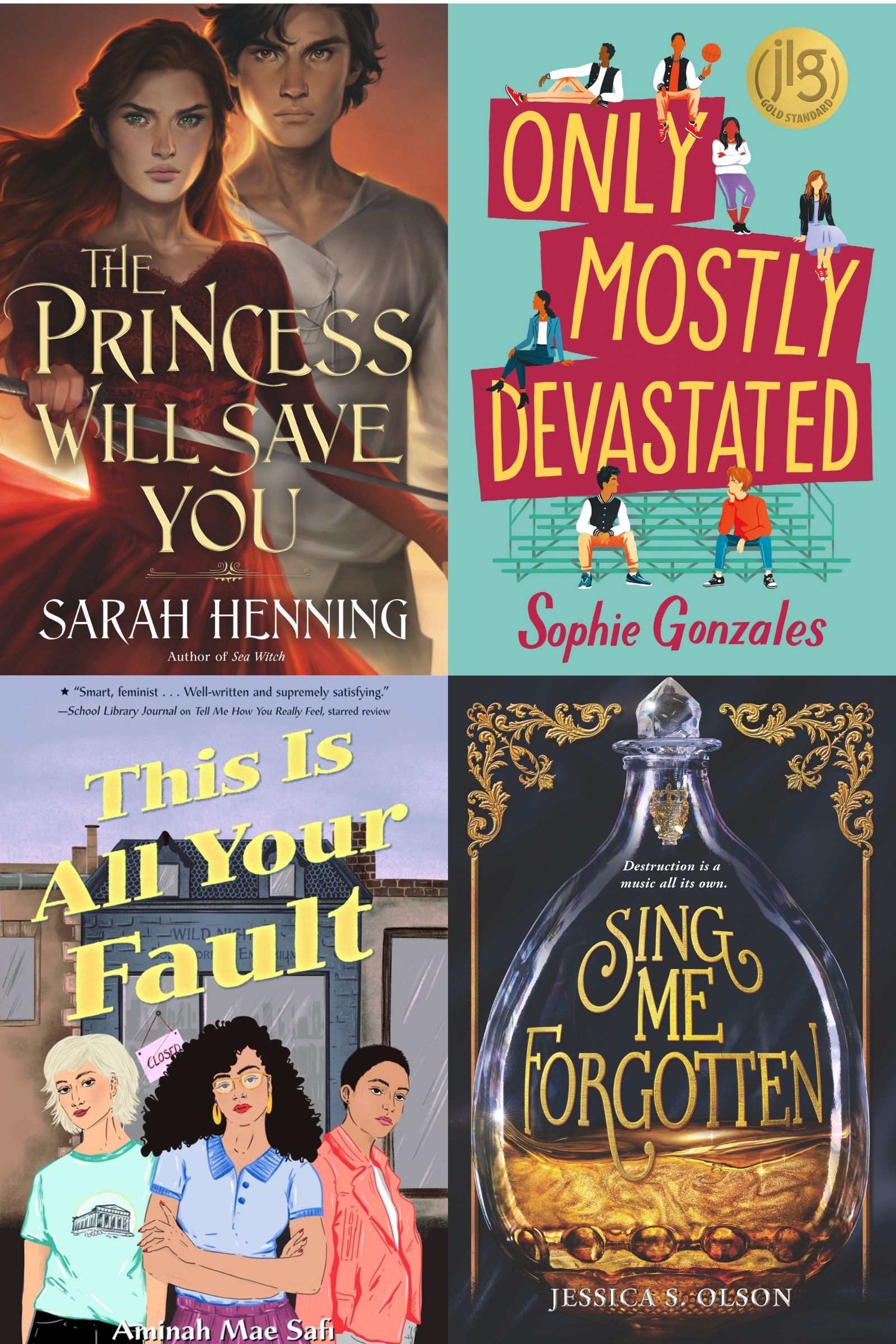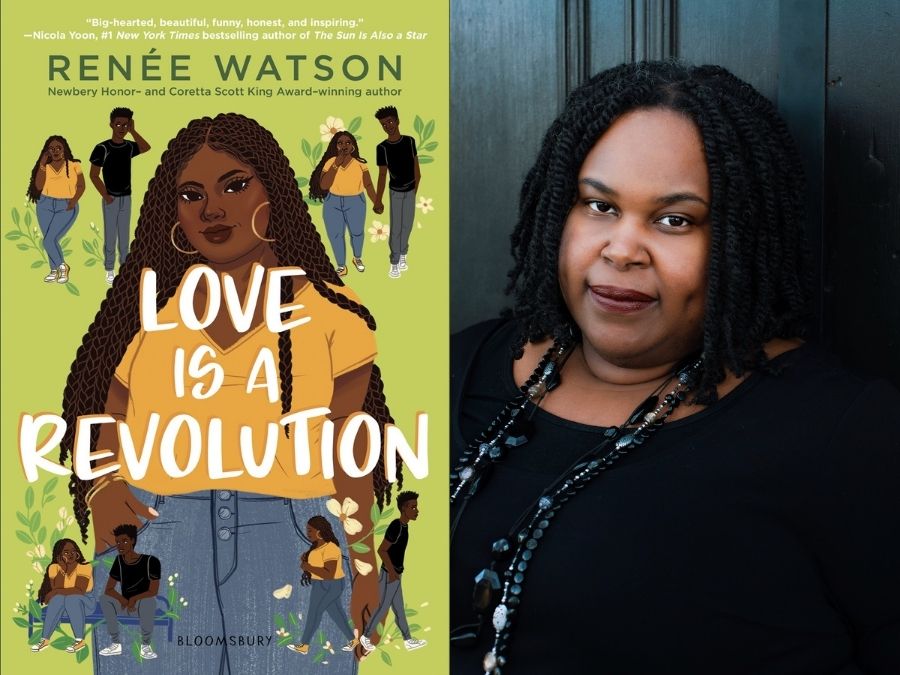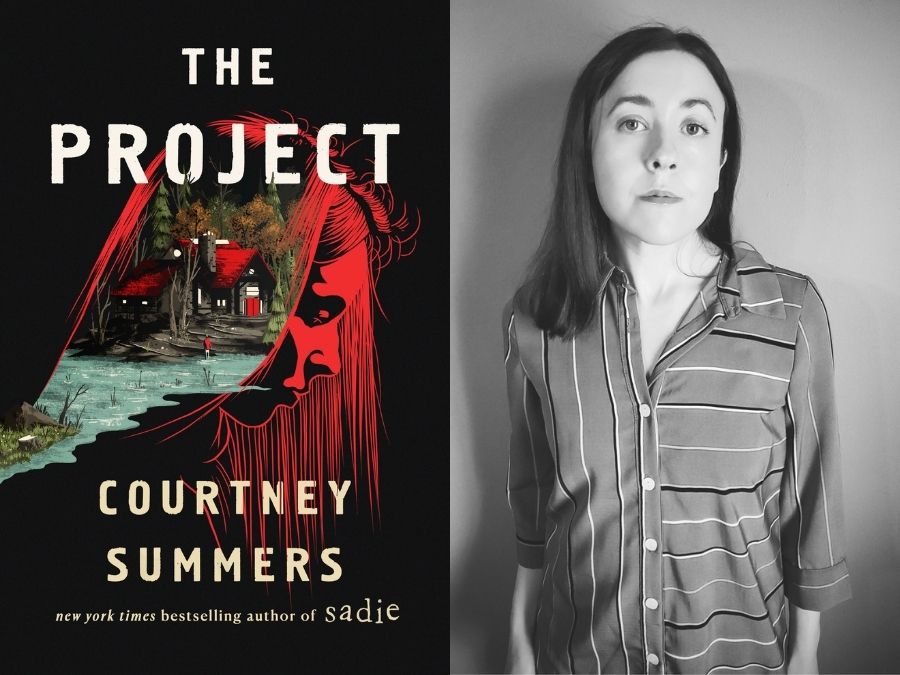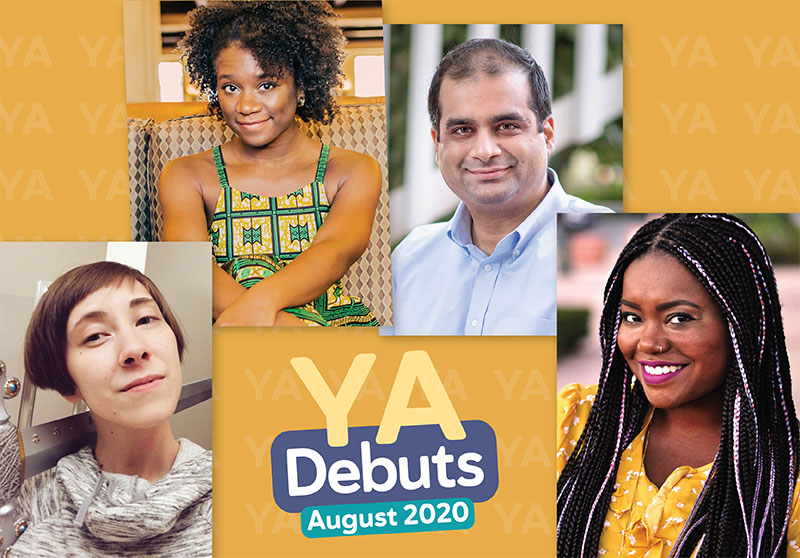Climate Change Fiction: Multicultural, Diverse, Global, and with Animals, Too! a guest blog by author Claire Datnow

Fiction can be a powerful way for students to understand how climate change has and will affect their future. Cli-Fi (climate change fiction) can serve as a springboard for lively discussions. In addition, stories offer ways in which students can envision and adjust to climate change through new technology and social adaptations. The ideas discussed below can be used to encourage class reading, enrich a unit on this topic and, hopefully, inspire students to do research, or create their own stories, poems, drawings of the future altered by climate change.
I began writing Red Flag Warning: An Eco Adventure (for Middle Grades and up) three years ago, horrified by the wildfires sweeping around the globe. My novel relates the dramatic story of three special young people from across the world, the amazing animals that are part of their lives, and the terrible threats of wildfires—threats that affect the entire world. Climate change is a serious reality to write about. The good news is that after decades of misinformation, denial, and inadequate attempts to reduce the dire impact of climate change, young people around the world are searching for ways to understand and to take action.
ADVERTISEMENT
ADVERTISEMENT
Keeping this in mind, I decided not to sugarcoat the truth. Instead, I choose decided to weave a solid base of scientific knowledge into a compelling story, in order to create a hopeful, yet realistic ending rather than gloomy or magical fairytale one. For me, the books I write will always be grounded in science. Telling a moving story does not mean making up facts—we have enough of that already—the basis of the narrative has to be the truth and reality of climate change and the need for social injustice.
After I’d completed Red Flag Warning, I saw more clearly how I’d woven diverse, multicultural, indigenous, and global themes into my story. The three protagonists are: Aisyah from Sumatra, Indonesia, whose ancestors are the Batak people: Kirri from Australia, whose ancestors are Aboriginal: and Hector from Northern California with roots in the Native American people of Mexico. The three draw strength and pride from the ancient wisdom of their ancestors. And, although they come from very different backgrounds the three become close friends.
As a writer and teacher I understand we need diverse stories to serve as mirrors that reflect ourselves and helps build pride in our identity. We also need multicultural stories that serves as windows through which we can begin to understand people of backgrounds different from our own. By weaving these strands together, I hope that Red Flag Warning delivers a powerful message: young people can work together to take action to heal the Earth. Compelling narratives interwoven with science can entertain, educate, and inspire readers. As storytellers we hold the keys to touching our readers’ hearts, to ignite their imagination to build a bridge to tomorrow that will empower them to take action for the greater good of humanity and the wellbeing of the Earth.
Environmental literacy can be integrated into subjects and activities already in the curriculum. In this way climate/environmental stories can serve as a springboard to lively discussions, projects, or research. Fortunately there are variety of novels to choose from at all levels. For a comprehensive list visit: https: https://dragonfly.eco/category/books/ya-fiction/Additional resources are listed at the end of Red Flag Warning: An Eco MysteryFor a free Teacher Handout, “How to Become an Eco Detective: An Interdisciplinary Unit for Writing Across the Curriculum visit: mediamint.net
I will end this blog by quoting from a review by Professor Karl Schinasi:
In Red Flag Warning Claire Datnow has written an uncommon kind of YA novel. It’s not just that it’s a work of “eco-fiction.” It’s not just that she weaves scientific ideas seamlessly into her narrative. It’s not just that science and magical realism (one of the characters telecommunicates with an orangutan) appear together in the novel. It’s not just that through three protagonists we’re exposed to three different countries, their environments and their cultures. It’s not just that Mrs. Datnow’s characters care as much about animals and the natural world as the care about other homo sapiens. The novel contains all of these elements. The striking achievement of this novel, at least to this reader, is the author’s ability to include and combine these and other separate and sometimes disparate ideas into one short novel, and also in the end, produce a book that easily can be categorized as educational and a “good read.”
BIO: Claire Datnow was born and raised In Johannesburg, South Africa, which ignited her love for the natural world and for diverse cultures. Claire taught creative writing to gifted and talented students in the Birmingham, Alabama Public Schools. She earned an MA in Education for Gifted and Talented and a second MA in Public History. Her books for middle schoolers include The Adventures of the Sizzling Six, an eco-mystery series, and Edwin Hubble, Discoverer of Galaxies. Claire’s most recent novel, Red Flag Warning: An Eco Adventure, weaves in the theme of global climate change. Claire’s books for adults include a memoir, Behind The Walled Garden of Apartheid and The Nine Inheritors. Claire has received numerous scholarships and awards, including the Alabama Conservancy Blanche Dean Award for Outstanding Nature Educator, a Beeson Samford Writing Project Fellowship, a Fulbright Memorial Fund Teacher Scholarship, and Birmingham Public School Teacher of the Year. Claire’s Monarch Mysteries was long listed for the Green Book Award 2020. Together with her students she founded a nature trail, now named in her honor, the Alabama Audubon-Datnow Forest Preserve. She enjoys visiting schools to inspire students to write their own eco-mystery stories, to become wise stewards of the Earth, and to take action in their own communities.
Filed under: Uncategorized
About Robin Willis
After working in middle school libraries for over 20 years, Robin Willis now works in a public library system in Maryland.
ADVERTISEMENT
ADVERTISEMENT
SLJ Blog Network
The Moral Dilemma of THE MONSTER AT THE END OF THIS BOOK
Cover Reveal and Q&A: The One and Only Googoosh with Azadeh Westergaard
Winnie-The-Pooh | Review
Parsing Religion in Public Schools
ADVERTISEMENT
